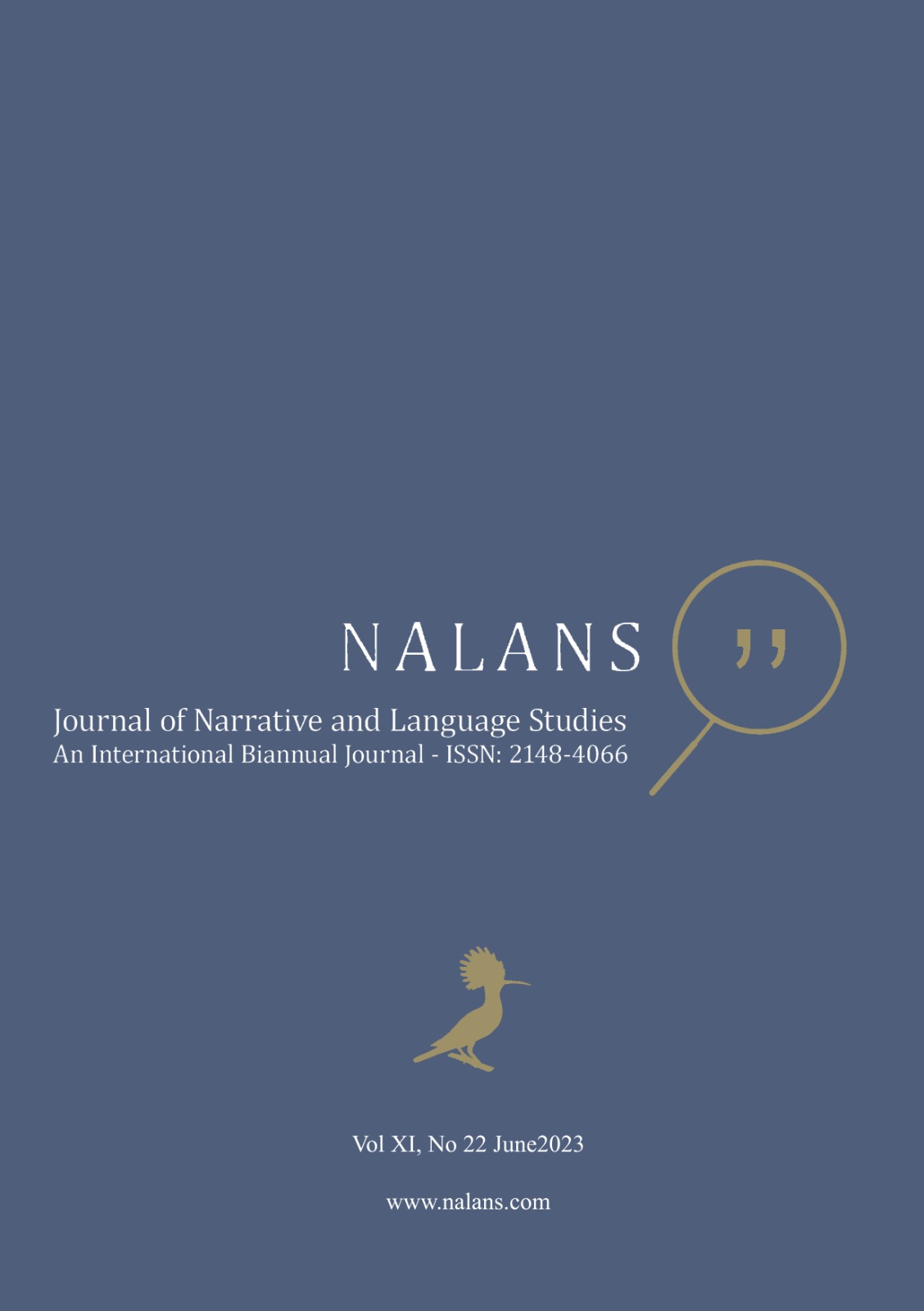Issues Underway
Issues Underway
Melville, Media, and Narratives [Copyediting]
Regular Issue [Revision, Proofreading & Polishing >> Copyediting]
A Semiotic Perspective on Contemporary Narrative Discourse [Final Editorial Check >> Revision, Proofreading & Polishing >> Copyediting]
Read more about Issues Underway



